Polish Greyhound
Chart Polski
 fci
fci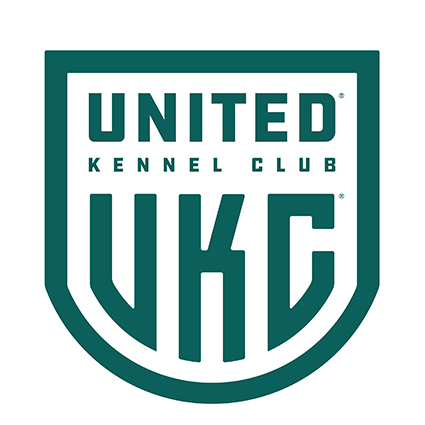 ukc
ukc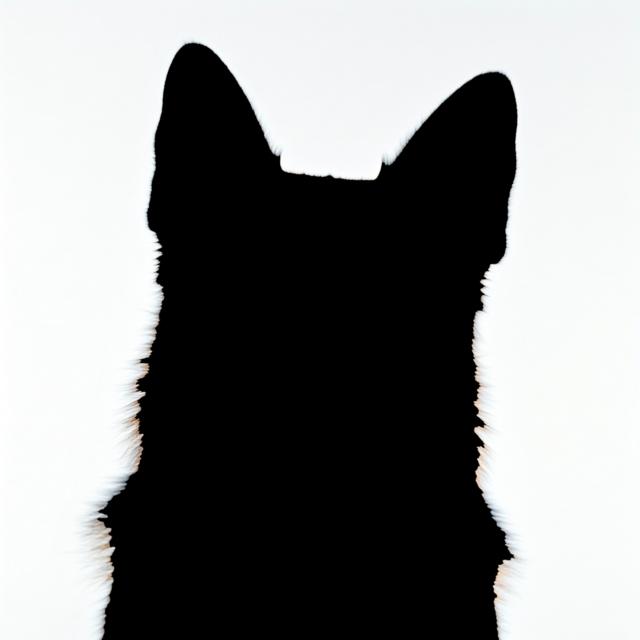
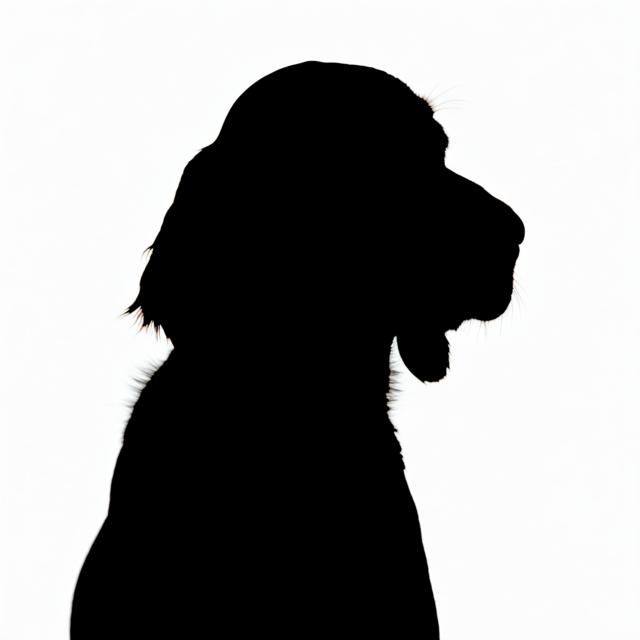
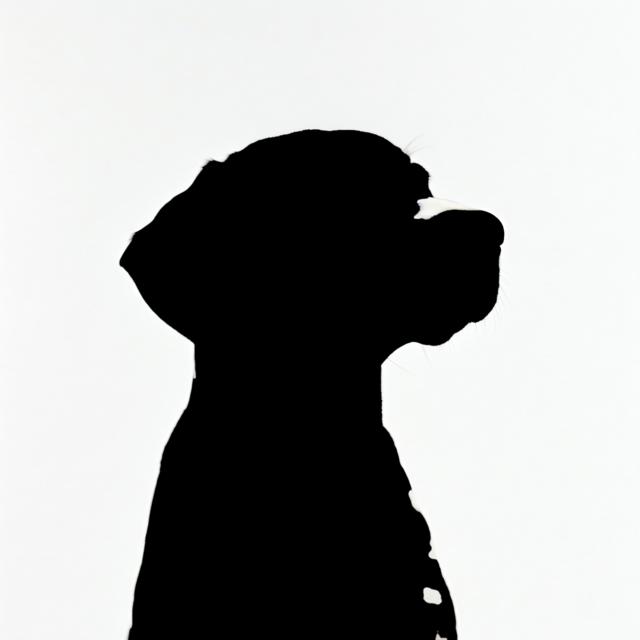
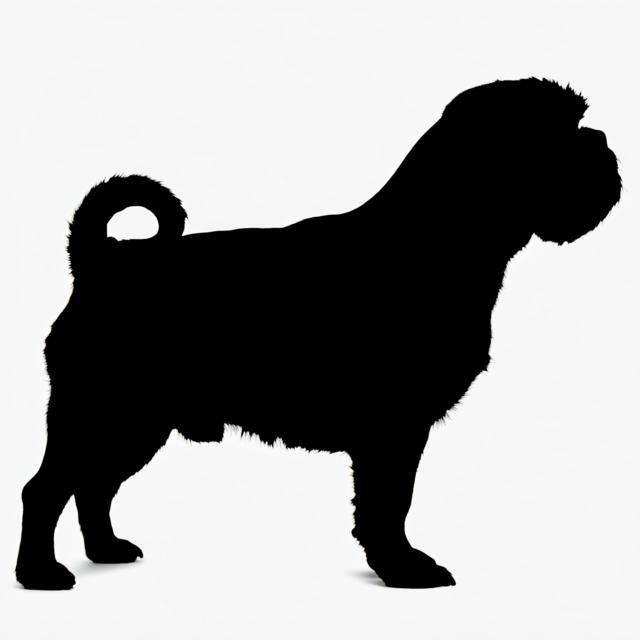
Summary
- The Polish Greyhound, or Chart Polski, is a large, muscular sighthound originating from Poland, known for its coursing and hunting abilities and its calm yet independent nature. They require significant exercise and socialization.
Origin and Purpose
- Developed in Poland as a coursing and hunting dog.
Appearance
Dimensions
| Gender | Height | Weight |
|---|---|---|
| Female | 26-29 inches (66-73 cm) | 55-88 pounds (25-40 kg) |
| Male | 27-31 inches (68-75 cm) | 60-100 pounds (27-45 kg) |
Coat
| Attribute | Notes |
|---|---|
| Color |
|
| Type |
|
| Length |
|
Care
| Attribute | Notes |
|---|---|
| Shedding |
|
| Grooming |
|
| Drooling |
|
Body
| Attribute | Notes |
|---|---|
| Head |
|
| Skull |
|
| Ears |
|
| Eyes |
|
| Nose |
|
| Muzzle |
|
| Teeth |
|
| Neck |
|
| Forequarters |
|
| Fore Legs |
|
| Hindquarters |
|
| Hind Legs |
|
| Feet |
|
| Tail |
|
| Gait |
|
Temperament
- Courageous, confident, calm, and sometimes aloof. Can be independent and possessive.
Social
| Attribute | Notes |
|---|---|
| Affectionate with Family |
|
| Good with Children |
|
| Good with Dogs |
|
| Good with Cats |
|
| Openness to Strangers |
|
| Playfulness Level |
|
| Protective Nature |
|
| Adaptability Level |
|
Working Roles
- Coursing, hunting, racing, companion
Exercise Needs
- High
Health
- Generally healthy breed, but can be prone to some hereditary conditions, particularly hip and elbow dysplasia
Additional Notes
- Needs early socialization and consistent training. Requires plenty of daily exercise.